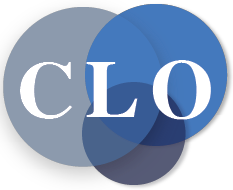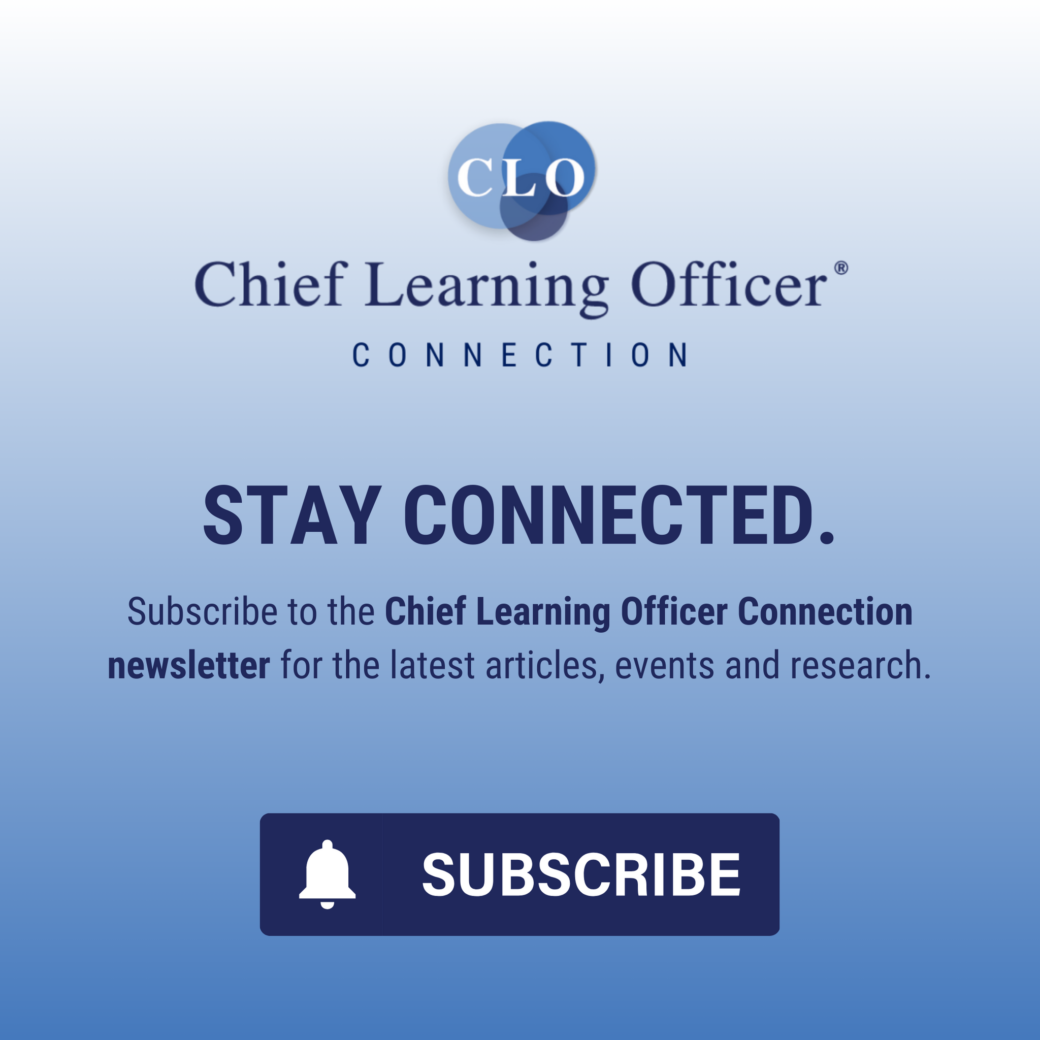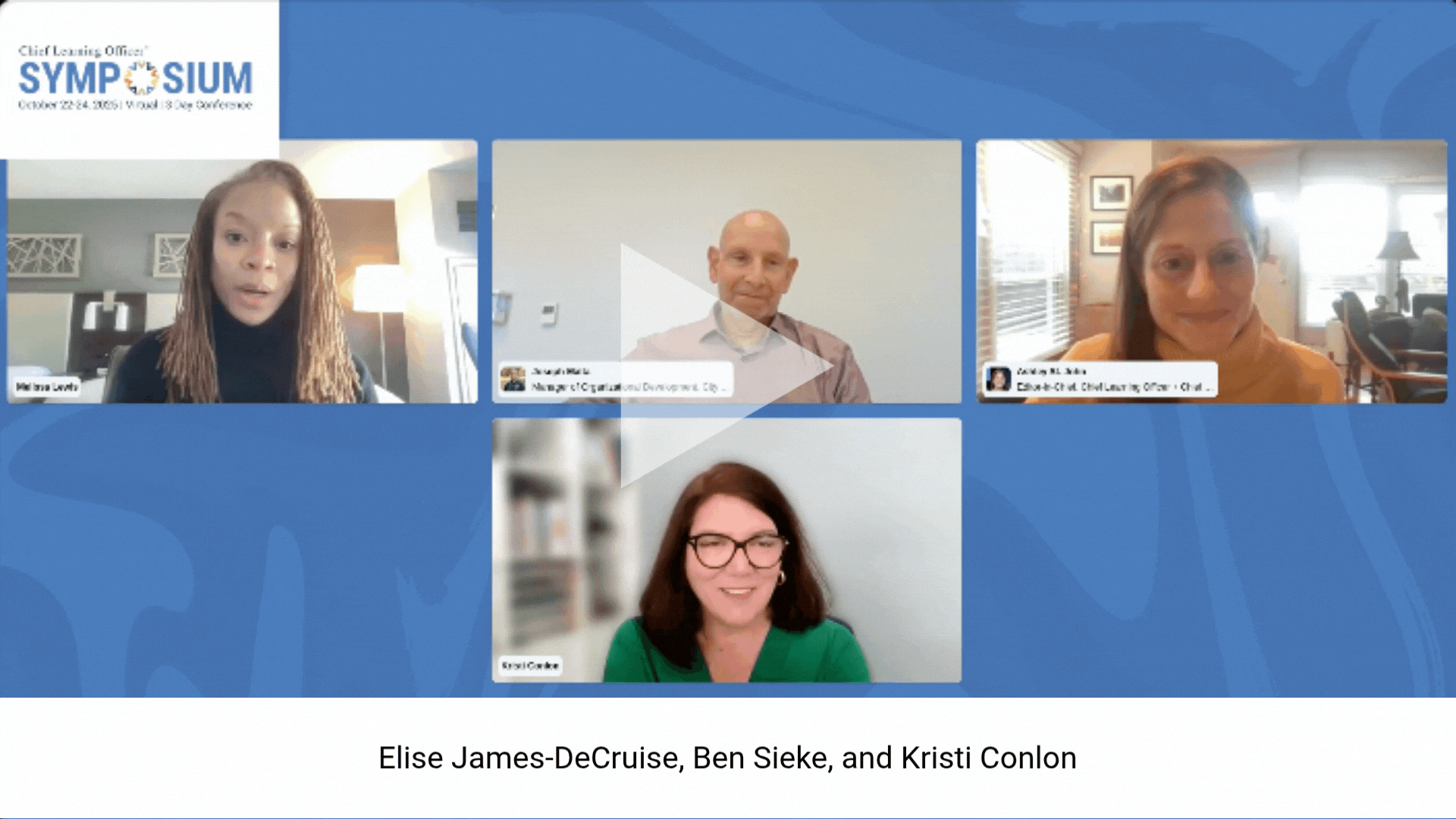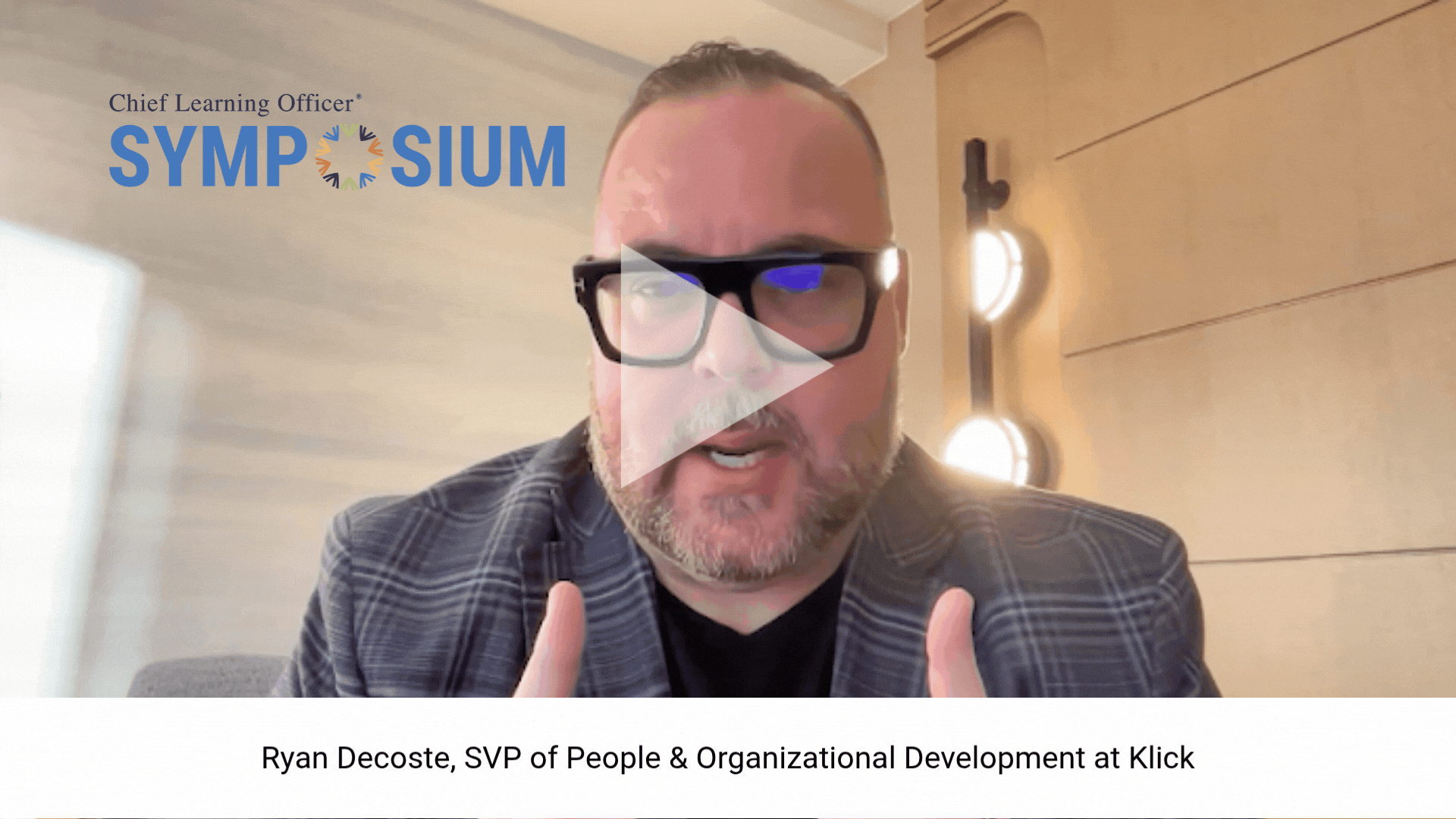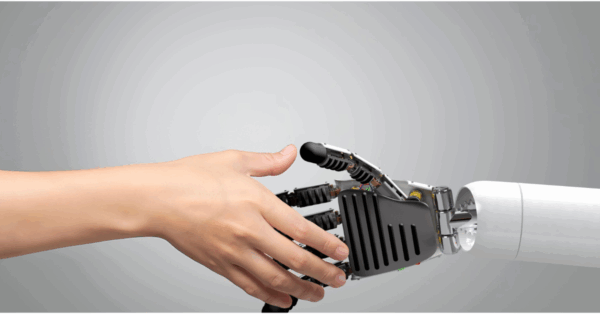A few years ago, I was building a deck around our above-ground pool. Around midday, I walked over to check in on our elderly neighbor, Jim, who was sitting on his shaded patio with his usual afternoon drink. When he asked about the noise, I admitted I was the one hammering away.
His reply stuck with me: “Your hammer has no rhythm.”
At first, I was confused. But Jim explained that professionals swing with rhythm and efficiency. Their mastery makes the work smoother, faster and more efficient. As an avid weekend DIYer, I wasn’t offended. Instead, I was challenged to think about how tools are used, and more importantly, how they’re misused or underused.
That same problem has become rampant in modern organizations. Swap a hammer for any piece of technology and you’ll find hundreds of workers who are barely getting by. They take twice as long and produce half the quality, because they haven’t cultivated the knowledge, skill or discipline to fully leverage the tool in front of them.
This is the real challenge for organizations today. Not just keeping up with new technology but developing the discipline to use it well and the mastery to unlock its full potential.
The technology paradox in the workplace
In today’s fast-changing environment, three paradoxes often emerge with new technology. Each is a pitfall that can be avoided through digital discipline practices.
Technology has become both a gift and a burden. With advancements in cloud-based collaboration, real-time communication and the rise of artificial intelligence-powered insights, workers are able to work faster than ever before. However, due to the pace at which we try to integrate these technologies, while balancing our daily responsibilities, the majority find themselves with an elementary understanding of the tools, fragmented focus, and a sense of overwhelm between constant notifications, to-dos, and trying to recall which tool does what.
- Abundance vs overwhelm: Research published by Sheena Iyengar and Mark R. Lepper in the Journal of Personality and Social Psychology found that an abundance of choice can reduce decision-making and create overwhelm. The same holds true in today’s workplace. Employees are overwhelmed and often fatigued with the number of tools and systems they have to interact with.
- Adoption vs alignment: The second paradox is forced adoption without alignment. New tools are frequently rolled out to solve a specific pain point. But without an intentional change process to ensure alignment and reinforcing necessary behaviors, adoption stalls. A few years pass with underutilization; a new tool is introduced, and the cycle repeats.
- Productivity vs distraction: An example of the productivity and distraction paradox could be seen in implementing a new project management tool. A centralized hub for information, communication and tracking specific work tasks, what’s not to love. However, distraction and overwhelm become the new norm as teams juggle another way to communicate on top of current meetings, calls, emails and messaging systems. Information is now duplicated in shared drives, across collaboration apps, and within this new tool. Regular reporting becomes burdensome as they scramble to find the source of truth. All while trying to track tasks in a single place, but frustrated that tasks are assigned from conversations, meetings, emails and other communication channels.
Organizations have become slaves to the technology designed to enhance their abilities and create more freedom for meaningful work. So how can organizations avoid these common pitfalls? Practicing digital discipline.
Practicing digital discipline
Digital discipline is the intentional, thoughtful and consistent use of technology to enhance our abilities and maximize outcomes. In order for this to become a reality within organizations, three key elements must be in place: clarity, consistency and mastery.
- Clarity: Clarity begins in the change process and never ceases. When a new tool, technology or system is identified, there should be ample reflection toward clarity. Organizations must ask, “Why is this being sought after, and what will this solve?” Continue the reflection by auditing current systems and tools to see if there is already a solution that is not being used. Clarify expectations of when and how this tool should be used, then build this messaging throughout a well-designed change process to bolster adoption. Remembering that change has to be monitored, measured and reinforced. When done well, we avoid the cycle of reinventing the wheel every few years due to a lack of proper utilization.
- Consistency: Having clarity in how and when tools are used allows consistency across the organization. Begin with outlining shared standards for communication, collaboration and digital etiquette. How can we communicate in ways that reduce redundancy? How will that enable us to be more aligned? Define what belongs in email, chat, collaboration tools, etc., with the intention of eliminating duplication of effort. In many cases, this also means reducing complexity by consolidating platforms and retiring redundant tools. Sometimes less is more, especially when it comes to tools and technology.
- Mastery: The third element is a focus on mastery. To put this into a simple perspective, our organizations are filled with great people who use your spreadsheet tool as a basic data entry tool, without ever using formulas, tables or automation features. Many use collaboration tools only for the chat function, ignorant of the ability to share files and work with others in real time. Expensive CRMs devolved into a glorified digital Rolodex. Mastery is the intentional, regular development of capability with the tools you use. It’s taking people from a weekend DIYer closer to a master carpenter whose hammer has a rhythm. To achieve this, knowledge sharing has to be prevalent throughout the organization. Identify those with expertise and have them support others cross-functionally. Implement continuous learning practices and have people pursue development opportunities and certifications related to the tools they have. Challenge teams to identify new and innovative ways to leverage what currently exists.
Slowing down to speed up
The irony of digital discipline is that slowing down can actually speed you up. When organizations resist the shiny new thing, they often find they have untapped capabilities within their current systems. This guidance isn’t about stifling innovation but about creating intentionality in the use of what is currently available. Not operating in abundance and overwhelm, but simplification and focus. Enabling people to do meaningful and impactful work.
Embrace the challenge
Organizations don’t need more apps, new technology, or more systems—they need more intentionality. The common challenge of this modern era isn’t about learning the newest tool, but about creating clarity, behaviors and a culture that makes technology sustainable.
Leaders play a critical role in leading this shift by embedding digital discipline into the fabric of their organizations. Helping create workplaces where the tools, technologies and systems amplify performance instead of undermining it.
To truly keep up in a tech-driven world, we must slow down. Digital discipline isn’t about less technology; it’s about using our technology better.
